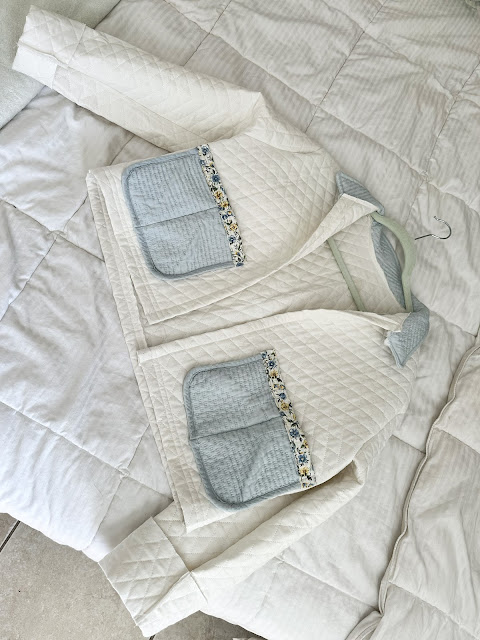Diversity Banners

Personal Banner Life's a Picnic Fabric, Felt, Polyfill, Spraypaint, Fabric Marker 31" x 40" Statement: In creating this banner, it was the collection of found fabrics that inspired the design. The gingham and the bright red dotted fabric screamed "Picnic". The design is very graphic and organised, with almost a bird's-eye view of a picnic scene. It is meant to be a captured moment in time, hence the frame around the design. The ants are following the flow of the spraypainted felt letters, leading to the strawberries. The phrase, "Life's a Picnic" is sarcastic to me personally, as I was in a stressed moment in time, but communicates a positive, fun message to the audience, which is why I find enjoyment in it. Student Theatre Organization Club Banner Tough Act to Follow Fabric, Felt, Ribbon 30" x 40" Statement: In planning the club banner for STO, the thought process, as someone who is very removed from theatre at a whole, was to ch...



